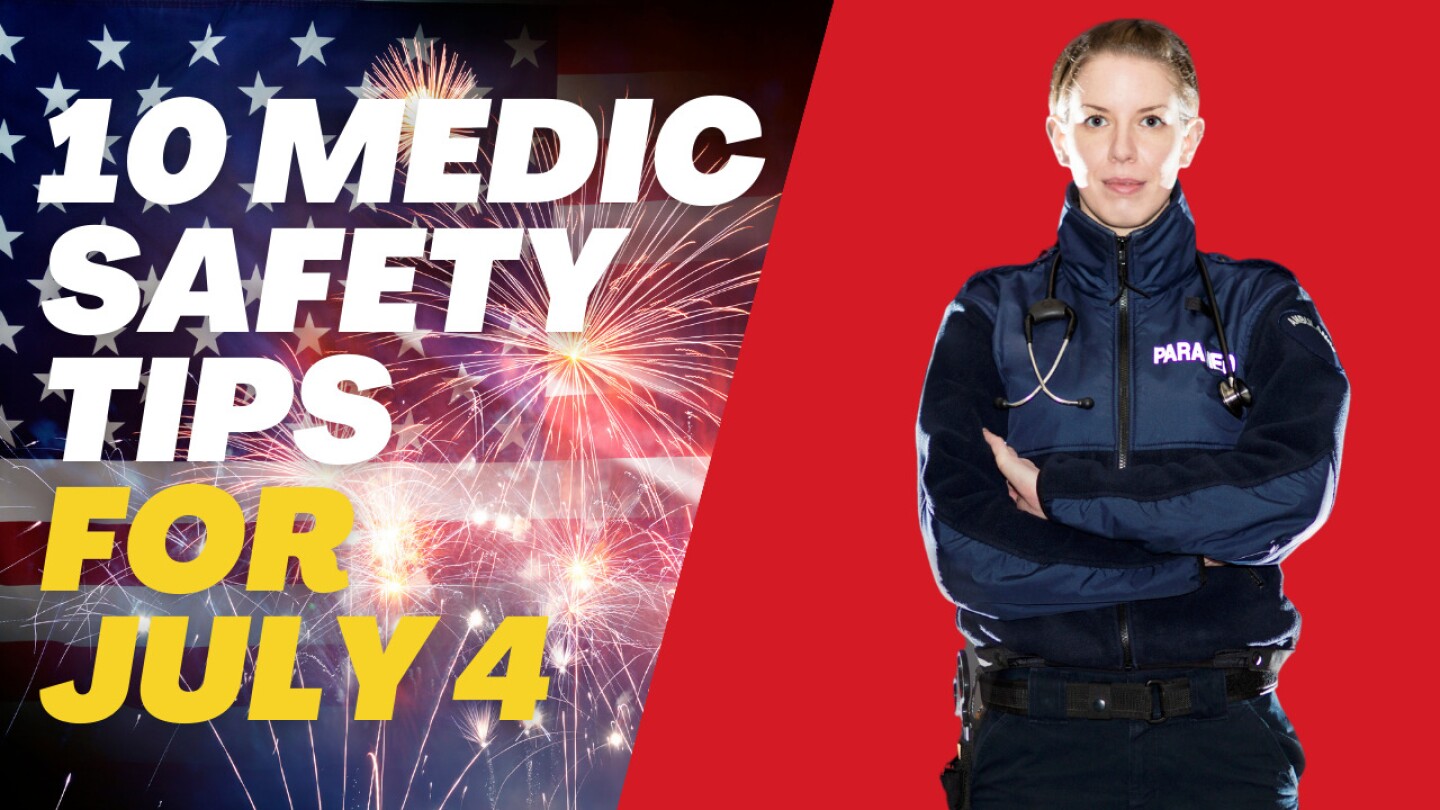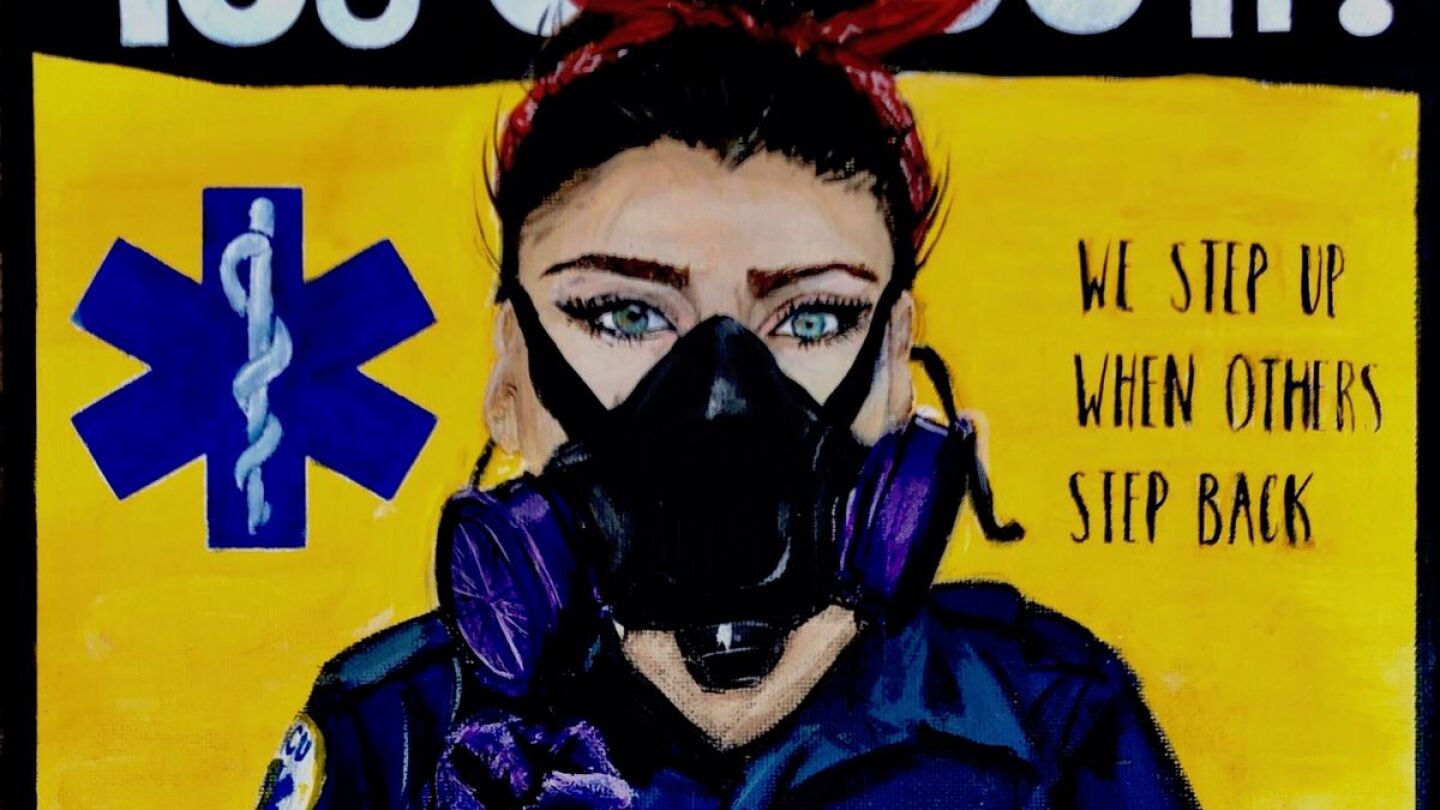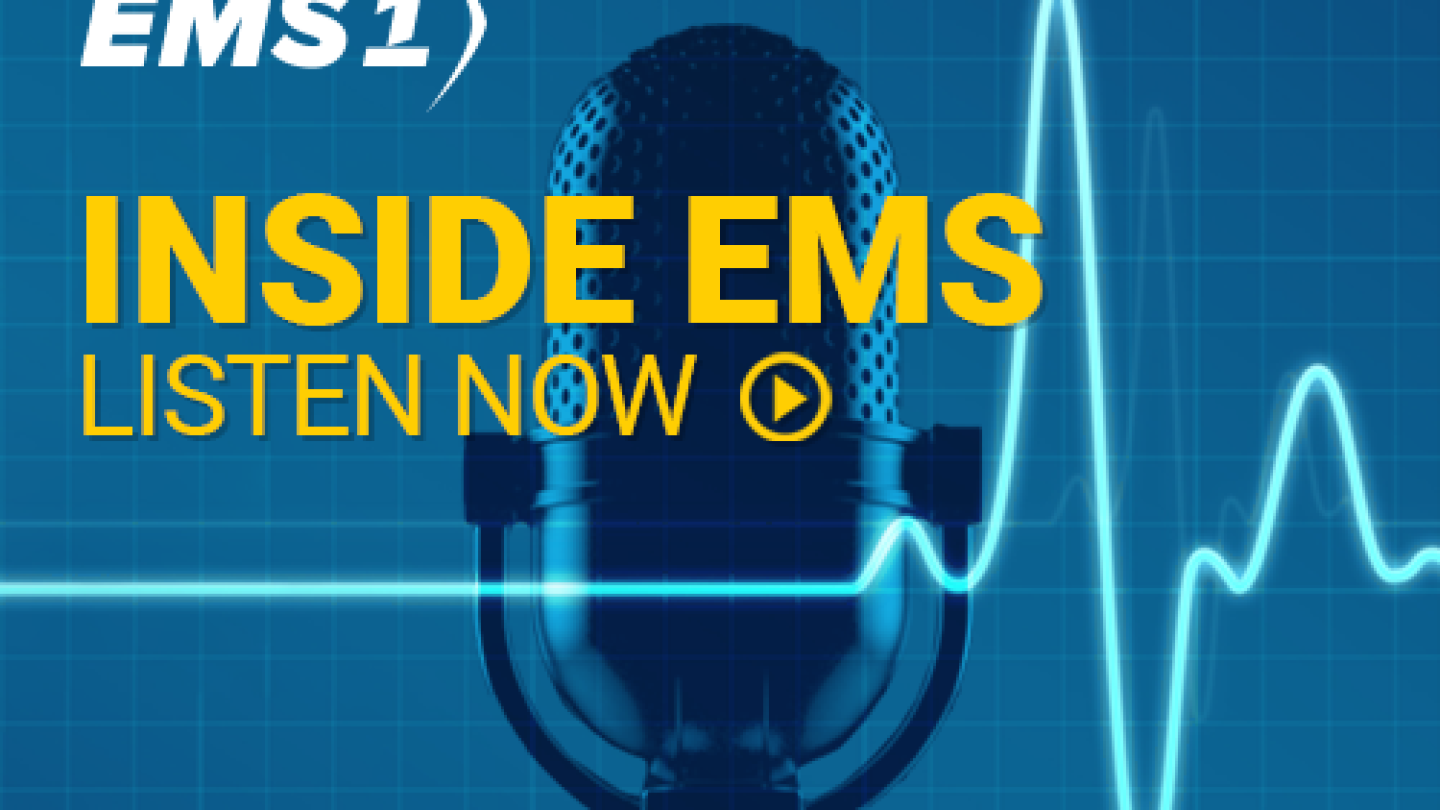Trauma
Prepare for patients who experience blunt-force or penetrating trauma with news, research, expert-written columns, podcasts and original videos in the EMS1 Trauma topic.
Go back to the basics with a thorough understanding of pediatric appearance, breathing and circulation warning signs, and the cardinal rule of pediatric assessment
The Independence Day holiday can increase the number of intoxicated patients and bystanders you’re likely to encounter on your shift so be careful out there
Understand why blood pressure and heart rate may not be a good early indicator of a hypovolemic shock state
Fire/EMS officials called in a team of surgeons to perform the rare field amputation after a tree fell on the victim’s house, trapping his leg
Some in the Orange County, California public safety community have pushed to change the policy that restricts when a sheriff’s helicopter can be dispatched
The study of the city’s “scoop and run” practice, which allows police to transport some patients, found patients were generally just as likely to survive whether they were transported by cruiser or ambulance
Kate Bergen taught herself to paint nearly 20 years ago, but it was the pandemic that turned her into an artist
FDNY Deputy Chief Paul Hopper said patients suffered injuries consistent with the 50-foot fall from the bridge to an access road below
The National Registry of Emergency Medical Technicians is calling for EMS personnel to participate in the revisions
Answering your questions about trauma codes, on-scene times and needle decompression
Daniel O’Beirne and Jordan Reed, two strangers with fire and EMS backgrounds, worked together to save a driver whose semi-truck struck a pole and burst into flames
Focus on the 9,000 things you can do, rather than the 1,000 you can’t and follow these tips to reduce stress
What the HALT-IT study reveals about the potential dangers of TXA for acute hemorrhage
UCSF-Fresno emergency medicine physicians highlight the most important aspects of treating submersion injuries
Darrell Jennings and his family aided 28 neighbors in their living room after a violent EF-4 tornado tore through their Putnam County, Tennessee, neighborhood
On this episode of Inside EMS, our co-hosts speak with Morgan Anderson, an epidemiologist with ImageTrend, about Crew Care, a mental wellness tracking app for EMS
O’Hare joins the podcast to discuss training and lessons from his role in the Boston Marathon bombing response
The top tenets of violent threat attack training and practice for EMS responders
Good communication and pre-planning: What the Boston Marathon bombing taught us
The association between prehospital time and outcome of trauma patients in 4 Asian countries: A cross-national, multicenter cohort study
Leonard Shoulders, 33, was at a bus stop when he was suddenly swallowed by a sinkhole that opened underneath him, leaving him injured and swarmed by rats
The celebration earlier this month turned chaotic as crowds set off fireworks and clashed with police
CAPCE-approved online program confronts ‘hero culture’ and shares tools to address mental health challenges
Susquehanna Regional EMS Paramedic Kathy Kling worked with UPMC Williamsport to open Angie’s Closet, named after Kling’s mother who died in a vehicle crash
Family members said Maria Davis, wife of Los Angeles Paramedic Greg Davis, died due to a traumatic brain injury suffered when she jumped into the pool
Palm Beach County’s two Trauma Hawk air ambulances have temporarily been grounded and a spokeswoman said the hospital district was working to finalize a lease for a substitute air ambulance
Tavares Fire Department Lt. Carsten Kieffer said a fellow paramedic on the boat used his belt as a tourniquet
Learn how to assess for deficiencies of a patient’s 3 Ps: pump, pipes and plasma
A 911 dispatcher shares his journey with vicarious trauma and burnout, and how he has become a crusader for other responders in crisis
Officials say the lieutenant was responding to a motorcycle collision
Older adults tend to be under-triaged despite a higher risk of clinically significant injury
Three significant consequences of routine, excessive oxygen administration
MOST POPULAR
- From guarding to burns: A trauma quiz for EMTs
- Prove it: Administering NTG to patients with inferior wall myocardial infarction
- BLS is more than basic, it’s fundamental to good care
- 10 safety tips for paramedics working on the 4th of July
- Is there a problem with replacing ABC with MARCH in a civilian setting?
































